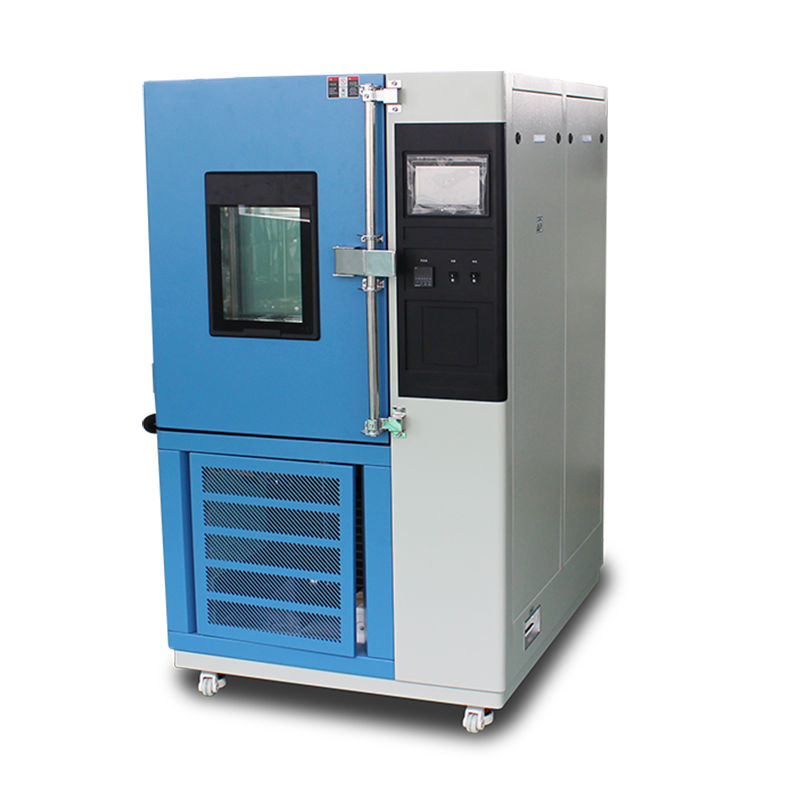The ozone aging test chamber is an essential testing device in the rubber industry, used to evaluate the ozone resistance and aging performance of products. Depending on customer testing requirements, it can be categorized into static and dynamic types.
-
Highlight One: Control Panel
The control panel of an ozone aging test chamber acts like the human brain—it serves as the command center and is the core component of the test chamber. Selecting the right panel is crucial. Typically, a touchscreen controller (such as the "Taiwan Weintek" 7.0-inch color touchscreen) is preferred for its high efficiency in controlling temperature and ozone levels, precise adjustments, short self-tuning time, and superior reliability and accuracy compared to conventional controllers. -
Highlight Two: Compressor
The compressor in an ozone aging test chamber is akin to the human heart, as its capacity and characteristics determine the chamber's performance and capabilities. The compressor ensures the normal operation of the test chamber, making its importance self-evident. High-quality models (such as the "French Tecumseh") are commonly used.

-
Highlight Three: Sample Fixtures
Depending on customer needs, ozone aging test chambers can perform both static and dynamic tests. Customers can choose based on their testing requirements.
- Static Testing: Test samples are placed directly on the sample rack for evaluation.
- Dynamic Testing: Samples are clamped onto the dynamic fixtures of the device to observe aging under the combined effects of mechanical fatigue and accelerated ozone exposure.
- Highlight Four: Materials
The materials used in ozone aging test chambers vary from the exterior to the interior, each serving a distinct purpose:
- Exterior Material: High-quality A3 steel plate with electrostatic spray coating.
- Interior Material: Imported premium stainless steel (SUS304).
- Insulation Material: Rigid polyurethane foam + fiberglass.
The above are the four main highlights of Beijing Yashilin's ozone aging test chambers.












